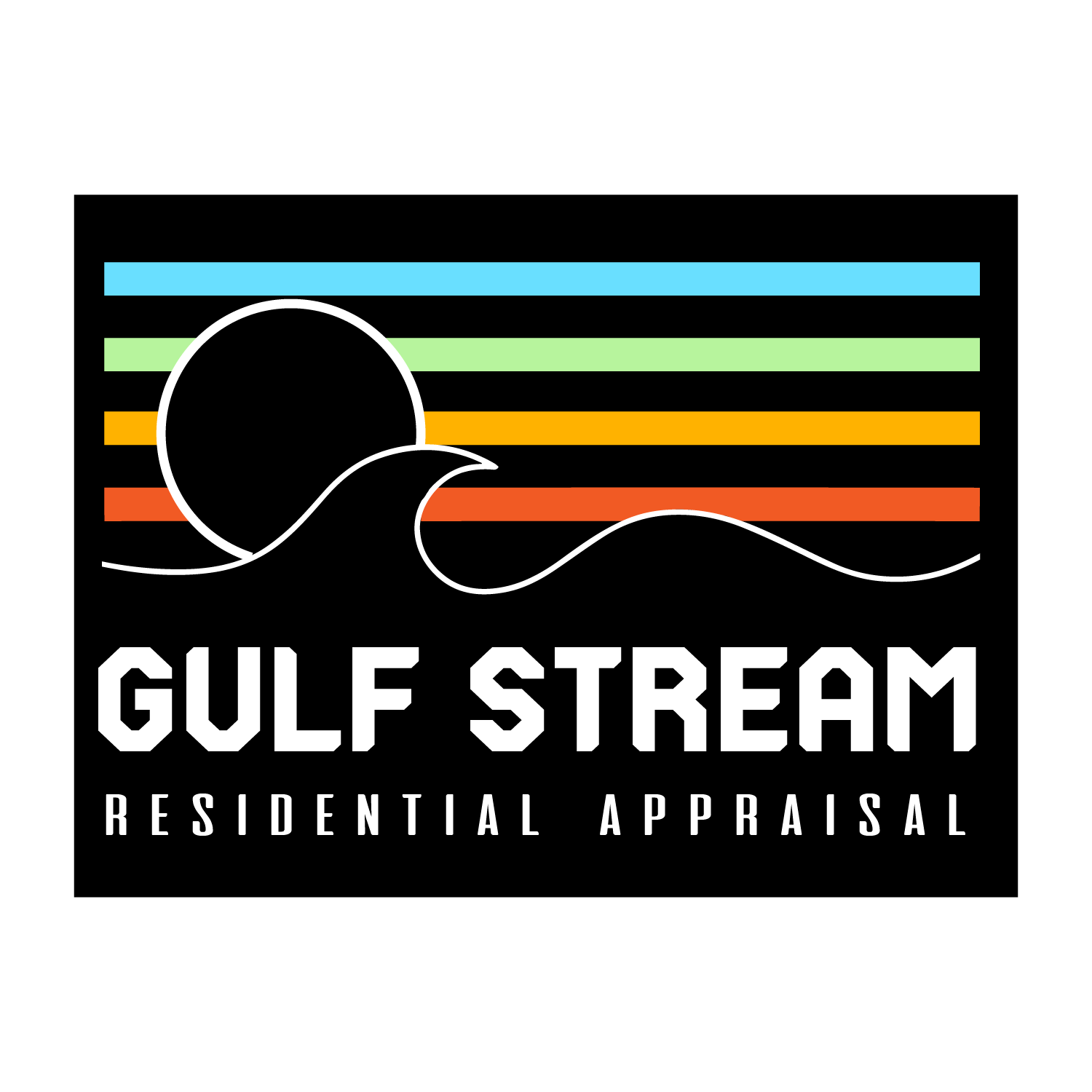Understanding FEMA 50% Appraisals
If you own property in a flood zone, you’ve probably heard about the FEMA 50% Rule. It's one of those regulations that, while well-intentioned, can feel like a giant headache if you don’t know what you’re dealing with. But don’t worry, it’s not as confusing as it might seem at first.
Let’s break it down so you can tackle it head-on.
What Is the FEMA 50% Rule?
At its core, the FEMA 50% Rule is about protecting properties and communities from repeated flood damage. It says that if you want to make repairs or improvements to a building in a flood zone, and the cost of those changes equals or exceeds 50% of the structure’s market value, then you’re required to bring the building into compliance with current floodplain management standards. In other words, FEMA’s asking you to minimize future risks.
A key point here is that this rule applies to the structure only, not the land it sits on, or any detached improvements. So, when we’re talking about market value, we’re talking about the building’s value, not the overall property value. This distinction is crucial because it directly impacts how the rule is applied.
It’s also important to note that while FEMA sets the 50% threshold as a minimum standard, some local governments adopt stricter thresholds, such as 30% or 40%. Property owners should always check their local regulations to ensure compliance.
Why Does This Matter?
FEMA’s goal is to reduce flood risk nationwide. If you’re making significant changes to a property, they want to ensure it’s done in a way that lowers future flood risks. This could mean elevating the building, using flood-resistant materials, or taking other steps to meet local and federal regulations.
While the process can feel like a hassle, these improvements protect not only your property but also your community. They can also help you save on flood insurance premiums in the long run. Additionally, non-compliance can lead to increased flood insurance premiums and difficulties with property resale.
How Do FEMA 50% Appraisals Work?
A FEMA 50% appraisal is a critical step in the process. This type of appraisal determines the market value of your structure (excluding the land) and serves as the baseline for calculating whether your planned repairs or improvements meet or exceed the 50% threshold.
Here’s what sets FEMA 50% appraisals apart from traditional appraisals:
Main Structure-Only Valuation: The appraisal focuses solely on the value of the building, excluding land value.
Compliance Requirements: The appraisal must meet specific guidelines to be accepted by local permitting offices and FEMA.
Detailed Reporting: The report includes all the necessary documentation to support your compliance efforts.
Substantial Improvement vs. Substantial Damage
The FEMA 50% Rule applies in two key scenarios:
Substantial Improvement: If you plan to renovate or improve a structure and the cost equals or exceeds 50% of its market value, you’ll need to comply with current floodplain management standards.
Substantial Damage: If your building has been damaged and the repair costs equal or exceed 50% of its pre-damage market value, compliance is also required.
These rules ensure that properties in flood zones are better equipped to withstand future flood events, protecting both individual owners and the broader community.
Common Questions About FEMA 50% Appraisals
Who Needs This Appraisal? Property owners planning repairs or improvements in flood zones, especially after flood damage or for substantial renovations.
What Costs Are Included in the 50% Calculation? The calculation includes labor, materials, and other project costs but excludes items like landscaping, irrigation, sidewalks, driveways, swimming pools, detached accessory structures, and permit fees.
What Happens If My Project Exceeds the 50% Threshold? If your project exceeds the threshold, you’ll need to bring the building into compliance with current floodplain management regulations. This might include elevating the structure or making other significant adjustments.
We Can Help You in Southwest Florida
Navigating FEMA’s 50% Rule can be overwhelming, but you don’t have to go it alone. Gulf Stream Residential Appraisal specializes in providing FEMA-compliant appraisals for property owners in Southwest Florida. Whether you’re in Naples, Fort Myers, or anywhere in the region, Gulf Stream Residential Appraisal is here to help ensure your appraisal is accurate, reliable, and ready for submission.
With years of experience and an understanding of FEMA guidelines, I can guide you through the appraisal process. By working with me, you’ll get:
A detailed, FEMA-compliant appraisal report.
Quick turnaround times to keep your project on schedule.
Support tailored to the unique challenges of flood zones in Southwest Florida.
Take the Next Step
If you’re planning repairs or improvements to a property in a flood zone, understanding and following the FEMA 50% Rule is essential. Contact me today to schedule your appraisal and ensure your project is on the right track. Let’s make compliance as straightforward as possible so you can focus on moving forward with confidence.
FEMA Resources
FEMA's Official Page on Substantial Improvement/Damage
Explains the 50% Rule and its applications in detail.
https://www.fema.gov/floodplain-management/substantial-improvement-substantial-damageSubstantial Improvement/Substantial Damage Desk Reference
A comprehensive guide from FEMA on the 50% Rule.
https://www.fema.gov/media-library/assets/documents/18562Floodplain Management Requirements: A Study Guide and Desk Reference for Local Officials
Covers various floodplain management topics, including the 50% Rule.
https://www.fema.gov/pdf/floodplain/nfip_sg_unit_8.pdf
Local Resources for Southwest FloridaCollier County Floodplain Management
Guidance specific to flood zones and building regulations in Collier County.
https://www.colliercountyfl.gov/government/growth-management/floodplain-managementLee County Floodplain Information
Floodplain management resources for Lee County.
https://www.leegov.com/dcd/flood
